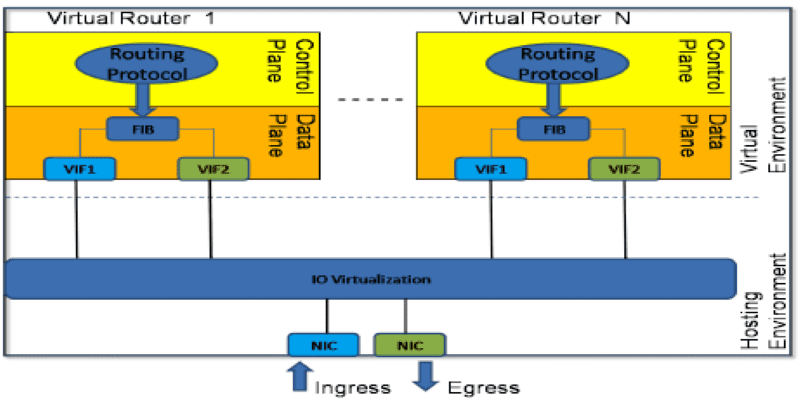
About Course
This Building a Linux virtual router on vSphere course a series of videos that go through the whole process of installing and configuring a router using Lubuntu. This series of videos goes through installing vSphere to run the virtual machine and installing and configuration Lubuntu on that virtual machine. The process is simpler on different dedicated hardware or different virtual solutions.
Software/Hardware Used
For this series, VMWare vSphere Hypervisor will be used. This software hosts virtual machines and is free from VMware, however it does require a dedicated computer to run the software on. If you do not have a dedicated computer, you can try other virtual machines. If you have Windows 8 you can run Hyper-V.
VMware also has a VMware workstation however this is commercial software. There is other free virtualization software that is available, the important consideration is that the virtualization solution that you choose supports the number of network cards that you require. For this virtual router, 10 network cards are used.
In this case, Lunbutu 12.10 was used. You could also use other distributions of Linux. Depending on which distribution you use, the process should be simpler. In some cases the network setup may be different, for example, Red Hat uses different configuration files. Lubuntu was chosen as it comes with a lightweight desktop.
The server version of Ubuntu does not come with a desktop, although it can be installed if you want it. If you are happy to only use the command prompt, the Ubuntu server may be a better choice for you.
vSphere Designed for the home lab
This router is designed to provide a bridge between a virtual machine and the internet. When set up correctly, virtual networks will be able to be created. These virtual networks are isolated from the other networks and thus you can use services like DHCP without affecting other networks. Since multiple networks are supported, you can configure virtual networks, for example, you can have a New York, LA, and London network. If you are performing Active Directory installs, you can configure these networks to have their own Domain Controllers on them and configure sites for these networks.
The router also supports Teredo which means that IPv6 packets are transferred to the internet using IPv4. This means that your virtual machine will be able to access the internet using IPv6 even if your ISP and home router do not support IPv6.
Course Content
Building a Linux virtual router on vSphere
-
Introduction to Home Router
00:00 -
Installing vSphere Hypervisor
00:00 -
Lubuntu Install on vSphere virtual machine
00:00 -
Installing VMWare Tools
00:00 -
Installing VMware Tools on Lubuntu
00:00 -
Home Router Configure Networking
00:00 -
Home Lab DSL Configuring
00:00 -
Enabling Teredo on Ubuntu
00:00
Student Ratings & Reviews

